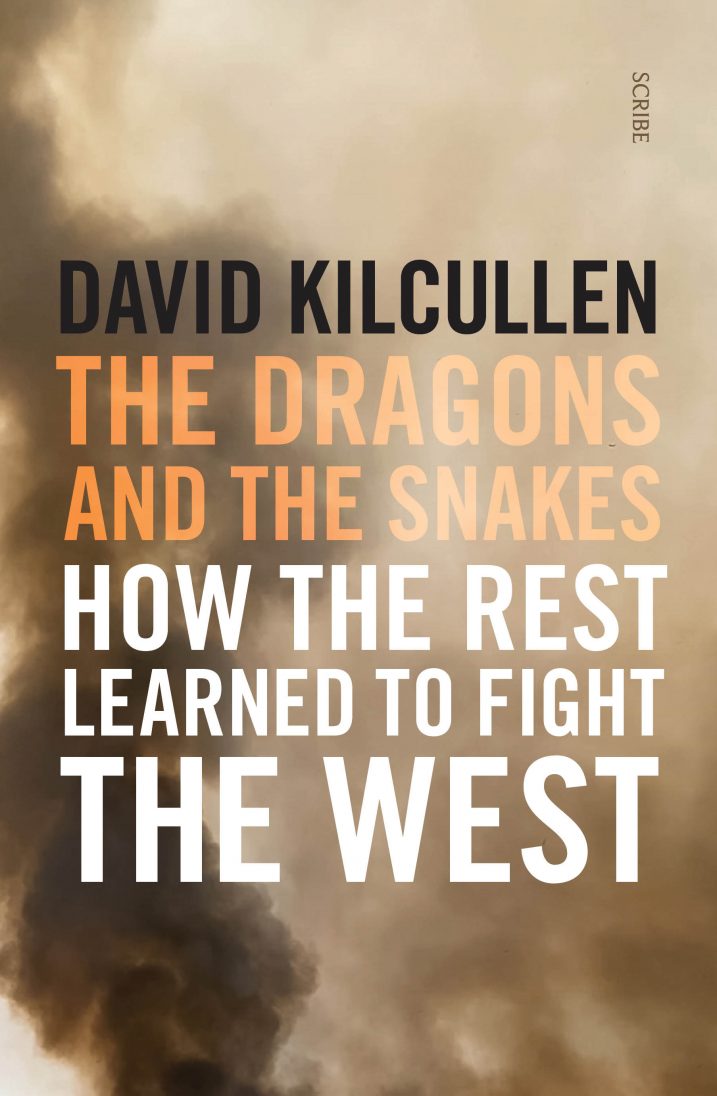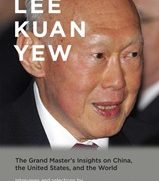Book Review: The Dragons and The Snakes: How the Rest Learned to Fight the West

The US and its allies have engaged in multiple conflicts over the past three decades. This has given adversaries plenty of opportunities to learn how to fight back.
In The Dragons and The Snakes: How the Rest Learned to Fight the West, David Kilcullen offers a wide ranging analysis of the strategic environment since 1993 and advances two central contentions. The first and central idea is that profound United States conventional dominance in the post-Cold War operating environment created a particular “fitness environment” for potential adversaries. This in turn has seen the adaptive convergence of state and non-state threat actors toward similar offset approaches to Western supremacy in the wake of the 1991 Gulf War and 2003 invasion of Iraq, which showed those actors “how not to fight us.” Kilcullen’s second contention derives from the first: that this evolutionary process has led to a contemporary landscape in which the US and its allies face not a “dragon” (like the Soviet Union) or “snakes” (for example, transnational terrorism), but rather a wicked mix of both.
Kilcullen presents his argument in six chapters. The first sets out a broad periodisation of developments since the end of the Cold War, focussing on China, Russia, North Korea, and Iran. R. James Woolsey’s 1993 confirmation hearing for CIA Director is the source of the book’s title, Woolsey having warned that the United States had “slain a large dragon” but instead now faced a “bewildering variety of poisonous snakes.” Kilcullen therefore sets out to establish the decade post-1993 as the Woolseyan-era, in which an array of non-great power states and nonstate threats predominated. As adversaries observed “how to fight us” in the post-2003 setting, Kilcullen argues that “we persisted with a Woolseyan security model in a post-Woolseyan environment and paid the price for it.” From 2013, the “return of the dragons” and the rise of ISIS made it clear that state and nonstate adversaries have learned a great deal.
The second chapter sets out an analytical approach, which is a mix of interdisciplinary ideas about social learning, natural and artificial selection, and institutional adaptation that are carried through the book. It should be said that there are some interesting asides from this discussion. Kilcullen observes, for instance, that there are significant negative learning consequences of the “selection-destruction cycle” for “a force with too high a proportion of elites – an army with too many special forces units, a navy that diverts too many of its most aggressive junior commanders into the submarine arm, or an air force… with aircrew standards that prove unsustainable….” While Kilcullen cites imperial Japan as a case of the latter, one wonders if this observation is a sideways glance at some contemporary Western forces.
Chapters three through to five form the core of the book, and deal in turn with the non-state “snakes” then Russian and Chinese developments. Al Qaeda, Islamic State, Hyat Tahrir al-Sham, and Hezbollah feature in the discussion of “the evolving snakes.” The contemporary work of others would fit easily alongside these choices – Jean-Loup C. Samaan’s recent contribution regarding the Houthis in Yemen to the spring edition of Parameters comes to mind. Kilcullen emphasises the proliferation of previously high-end capabilities by these groups, as well as the way selection pressures function rapidly upon diffuse and disaggregated organisations. He extends this argument further, asserting that the fitness environment created by Western approaches, most prominently targeted drone strikes, has in fact been deeply counterproductive, ultimately selecting for only the most adaptive, difficult to target adversaries. At least one other reviewer has expressed disappointment that a comparative view of extremist ideologies is not present in this analysis. This seems a legitimate reflection, though not one which profoundly undermines Kilcullen’s “fitness landscape” approach.
Kilcullen distinguishes between Russian and Chinese adaptive approaches as, respectively, “liminal warfare” and “conceptual envelopment.” His modelling of the former approach as a nuanced manipulation of Western decision-making processes is compelling, and he is careful to caveat his claims against the myriad of dubiously novel terms and concepts attributed to recent Russian actions. What is perhaps underplayed as a result of the evolutionary, “fitness environment” frame of analysis are alternate understandings of the drivers of both Russian policy and operational approaches. Oscar Jonsson’s The Russian Understanding of War: Blurring the Line Between War and Peace, also published this year, is another relevant contribution. Jonsson’s emphasis on Russian perceptions of, and preoccupation with, “Color Revolutions” as a coherent and successful US-led policy, for instance, does not feature in Kilcullen’s analysis. The work of Kilcullen, Jonsson, and others might therefore be usefully read together.
In the final chapter, “The Ebb Tide of the West,” Kilcullen offers a range of possible Western responses to this environment. Having canvassed a range of options, he argues that the US and its allies should “go Byzantine”: “playing for time, influencing the environment to shape our adversaries’ next cycle of evolution… and adopting military methods that optimize long-term… sustainability.” The tricky part, of course, remains implementation of such a model. That said, he does offer a range of more concrete assertions about the potential vulnerabilities of the Chinese surveillance state as well as overseas investments, for instance.
The Dragons and The Snakes covers significantly more ground than Kilcullen’s previous offerings, most recently Blood Year (2016) and Out of the Mountains (2013). It seems likely that country and disciplinary specialists will, accordingly, find issue with some of the analysis underpinning certain case studies, but this broad view is also what makes the book compelling reading. This breadth of scope concerns not just a wide range of case studies. As becomes clear in the final chapter and epilogue, for Kilcullen, analysis of adversary approaches clearly nests within a still-broader view of both international and domestic politics. The Dragons and The Snakes is good reading, and grapples with challenges of intimidating scope. Kilcullen’s concluding lines that we must overcome both a “maladaptive” military model and strengthen our capacity for “societal adaptation” resonate.
This is a review of David Kilcullen, The Dragons and The Snakes: How the Rest Learned to Fight the West (Scribe, 2020) ISBN: 9781925849158.
Will Leben is an Australian Army officer. He is a 2019 General Sir John Monash Foundation Scholar and is currently completing an MPhil in Development Studies at Oxford. Any views expressed are, of course, solely his own.
This article is published under a Creative Commons License and may be republished with attribution.





